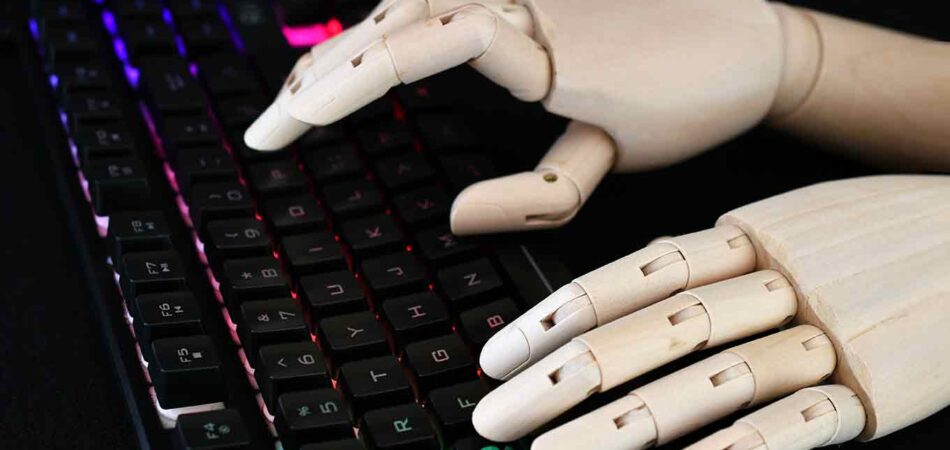Unlocking Global Communication: The Power of Machine Translation Post-Editing

In our rapidly globalizing world, the need for fast and accurate translation has never been more critical. Businesses expanding into new markets and organizations aiming to reach diverse audiences require efficient solutions to overcome language barriers. This is where Machine Translation Post-Editing (MTPE) services come into play, blending the speed of artificial intelligence with the finesse of human expertise.
The Rise of AI in Translation
Recent progress in AI and Neural Machine Translation (NMT) technologies has revolutionized the field of language translation. NMT uses deep learning algorithms to predict the likelihood of a sequence of words, often producing more fluent and accurate translations than previous statistical models. This AI-driven approach can discern context, manage idiomatic expressions, and even recognize cultural nuances to an extent.
However, despite these technological leaps, the role of human translators remains paramount. AI can certainly draft a translation at remarkable speed, but it lacks the ability to understand context with the depth and subtlety that a human can. This is where MTPE becomes invaluable.
The Human Touch in MTPE
Machine Translation Post-Editing harnesses the rapid output of AI while employing human language experts to refine and adapt the content. This dual approach ensures not only a swift turnaround but also that the final product meets the highest standards of accuracy and cultural sensitivity—qualities that are particularly vital in the life sciences sector, where precision is non-negotiable.
In life sciences, a mistranslated instruction or an inaccurately conveyed medical term can have serious consequences. MTPE addresses this risk by combining the efficiency of NMT with the discerning eye of a skilled linguist. The result? Translations that are not just fast, but also reliable and regulatory-compliant.
Precision and Print-Ready Quality
Human translators bring an understanding of linguistic subtleties, professional terminology, and cultural contexts that machines have yet to master. They can interpret the intention behind the text, maintain the author’s tone, and ensure that idioms are translated appropriately. This level of precision is especially crucial in life sciences, where documents must be not only accurate but also resonate with the target audience.
Moreover, human experts in MTPE services are adept at making translations print-ready. They fine-tune the content to ensure it is publication-quality, whether it be for medical journals, patient information leaflets, or clinical trial reports. They adapt translations to fit design layouts, adhere to brand voice, and meet local regulatory requirements—all tasks that AI alone cannot accomplish.
The Bottom Line
The value of human expertise in MTPE services cannot be overstated. While AI and NMT provide a solid foundation and impressive speed, the human element is what polishes and perfects the translation. As AI continues to evolve, it will undoubtedly offer even more advanced capabilities. However, the nuanced understanding and cultural competence of human translators will continue to be the cornerstone of delivering precise, nuanced, and high-quality translations that are not only accurate but also impactful.
For companies and organizations looking to thrive in the international arena, leveraging MTPE services is a strategic move. It’s a blend of the best of both worlds: the incredible advancements of AI technology with the irreplaceable skill of human translators. This synergy is the key to clear, accurate, and culturally attuned communication—opening doors across the globe.
